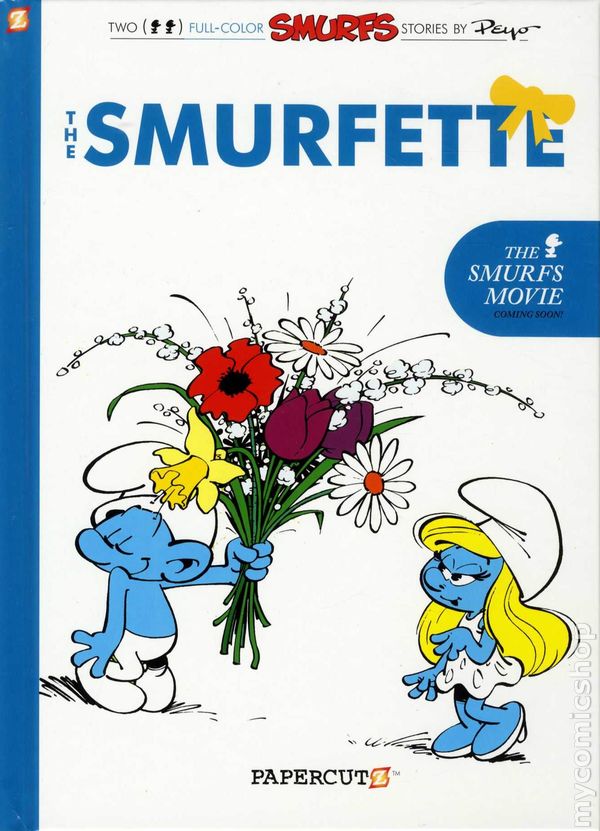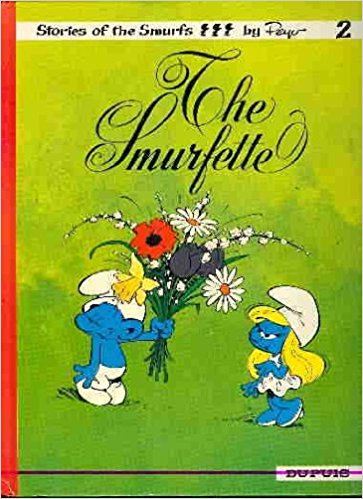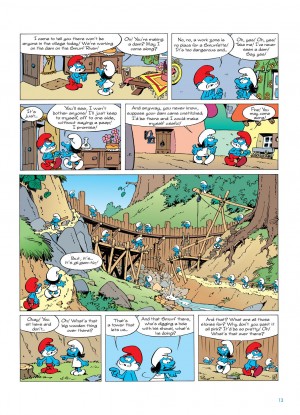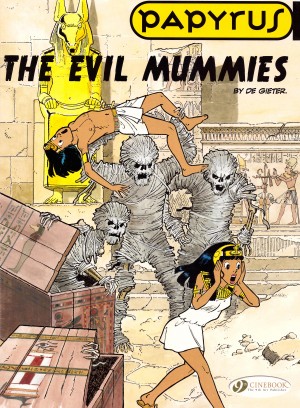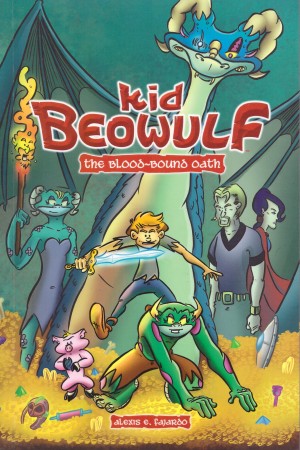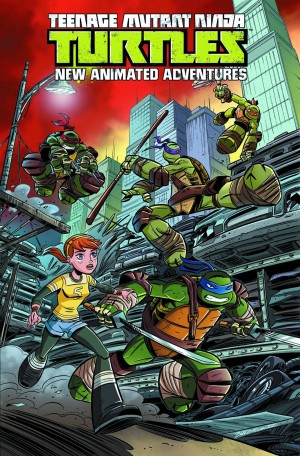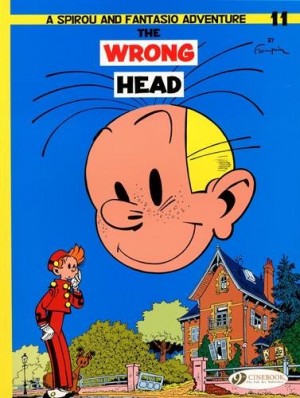Review by Frank Plowright
In the movies and the cartoon series the Smurfette, the only female Smurf, has a large role, yet in Peyo and Yvan Delporte’s original graphic novels she only makes the single appearance as a leading character. Her animated popularity led to further appearances in 1980s stories, but these were more cameos on the part of the original creators, who definitely downplayed her. It would be later creators who gave her larger parts in the comic stories.
We learn very early that the Smurfette is an artificial creation of evil wixard Gargamel, sent to sow discord among the Smurfs he hates so much, and she certainly succeeds. To begin with, this isn’t the blonde haired siren seen on the cover and in the animation who has the Smurfs gagging with desire. She’s a dark haired girl whose abrasion comes from a willingness to help and by offering a barrage of suggestions on improvement to the working Smurfs, yet is herself constantly needy and attention seeking. Delporte and Peyo’s plot is a clever one, and the Smurfette portrayed as an intruder disrupting what for centuries had been a relatively harmonious way of life. Interestingly, the creators chose to have the Smurfette speak normally, without the irritation of replacing verbs with ‘smurf’.
Some may find the Smurfs’ initial method of dealing with the Smurfette to be offensive as it preys on insecurity, but that’s dealt with in-story just before the Smurfette’s transformation into the alluring cover vision. The sequence that follows is just about the only predictable part of a very clever story. It’s gag-packed, charming and ends appropriately.
While both stories are well written, although not quite reaching the heights of The Smurf King, what really sells the Smurf’s is Peyo’s delightful cartooning. He creates Disneyesque environments that are so appealing that children are unconsciously seduced. Surely any young kid that looks at the Smurfs’ forest and village and doesn’t want to live there will grow up to become a serial killer. Back-up tale ‘The Hungry Smurfs’ occurs in winter, and a covering of snow can make bin bags look good, so Peyo provides the full beauty of the season, but in a tale where starvation causes the Smurfs to abandon their village. Again, what follows is unpredictable, charming and enjoyable, as the creators dabble in fairy tale territory.
The original tale of the Smurfette and it’s accompanying material can also be found in the second Smurfs Anthology. An earlier English language version was published in hardcover by Dupuis in 1979, and the next book is The Smurfs and the Egg.
